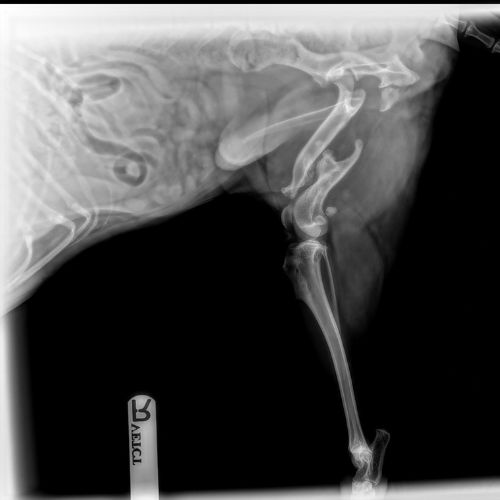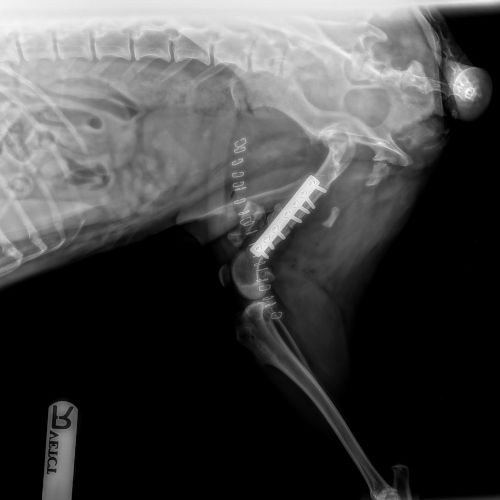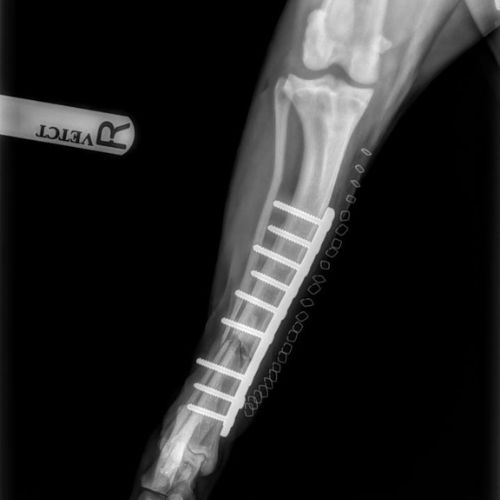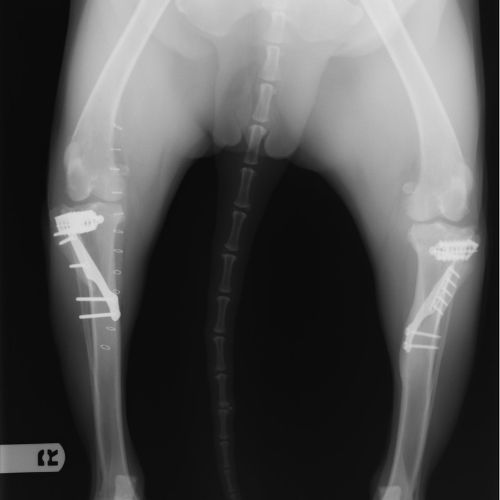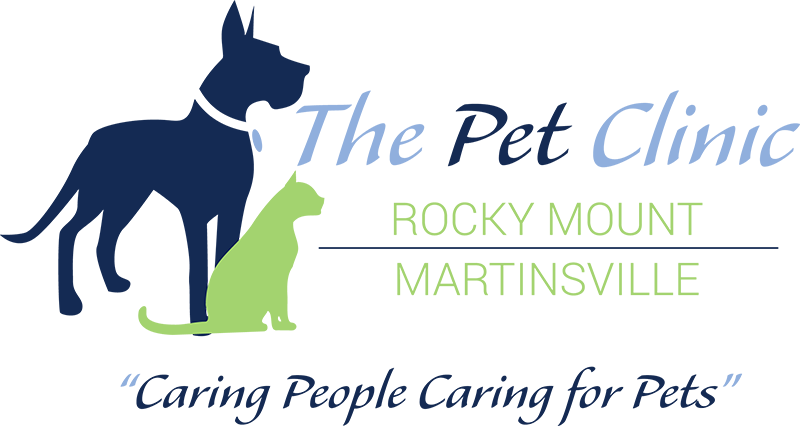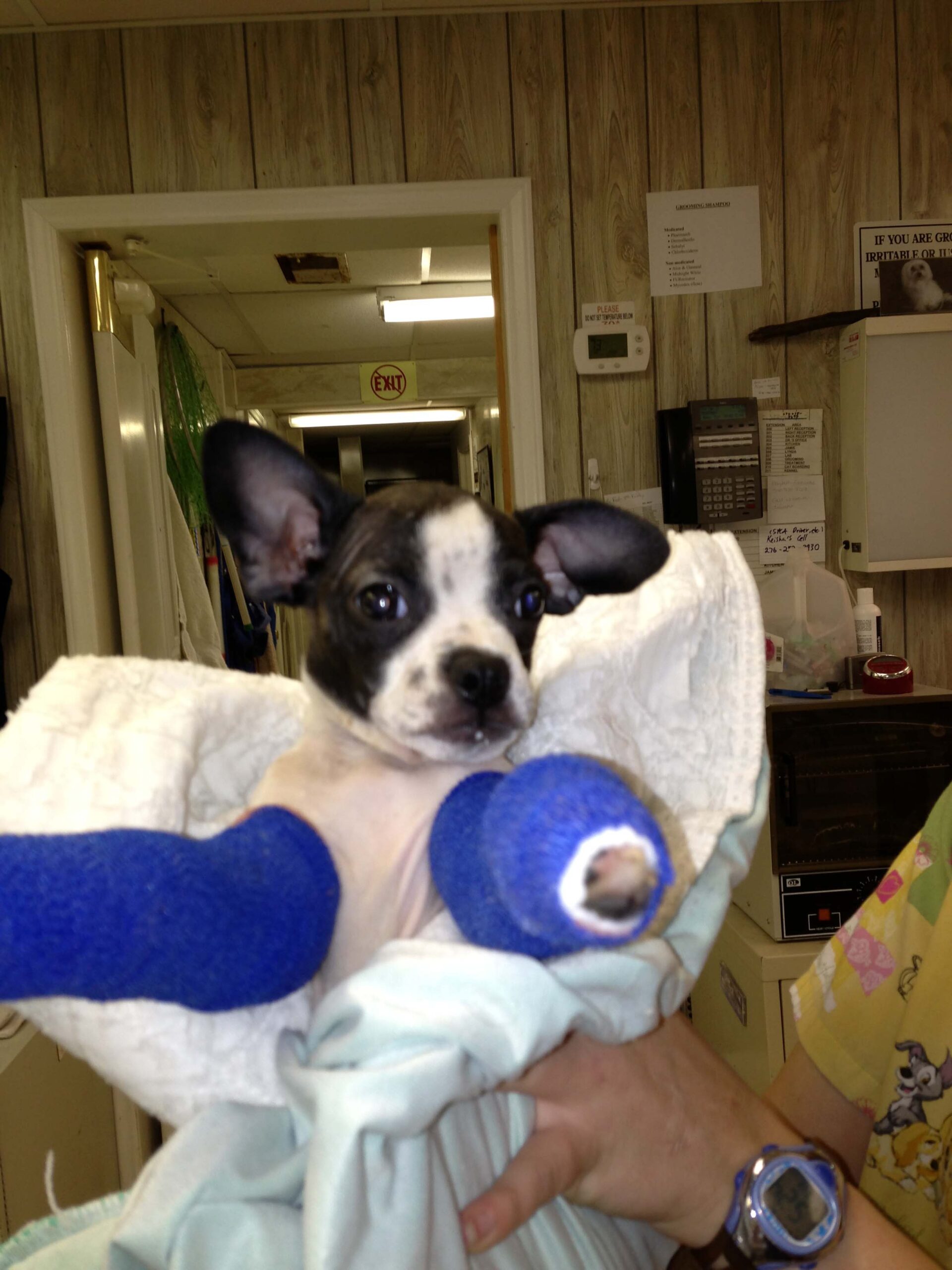Pet Surgical Services
At The Pet Clinic of Rocky Mount, we provide a full range of surgical services to ensure the health and well-being of your pets. Our dedicated veterinarians and support staff are committed to delivering high-quality care in a safe and comfortable environment.
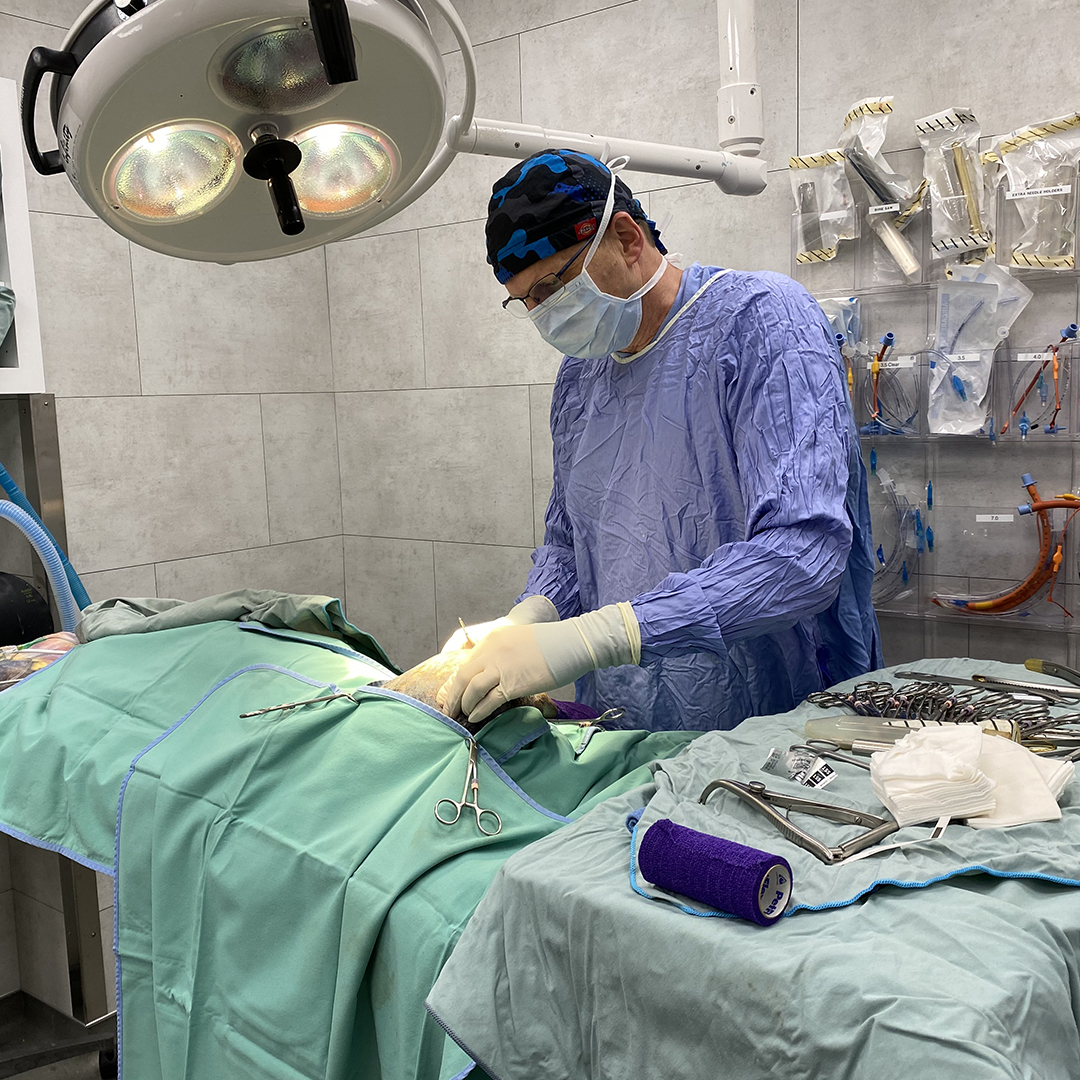
Why Choose Us for Pet Surgical Services?
Choosing the right veterinary clinic for your pet’s surgical needs is crucial. Here are a few reasons why The Pet Clinic of Rocky Mount stands out:
- Experienced Veterinarians: Our team has years of experience performing various surgical procedures, ensuring your pet is in capable hands.
- Comprehensive Care: From pre-surgical assessments to post-operative care, we offer a complete range of services to support your pet’s recovery.
- Modern Facilities: Our clinic has the latest medical equipment to provide the best possible care for your pets.
Types of Pet Surgical Services We Offer
Our pet surgical services in Rocky Mount, VA, cover a wide range of procedures to meet the diverse needs of your pets:
Pet Spaying and Neutering
There are countless benefits to spaying and neutering for your wonderful furry friends, ranging from medical to behavioral. Below, Dr. Lorens will explain the benefits of spaying and neutering and how to take care of your pet after their surgery.
Spaying
- A longer, healthier life: This procedure helps prevent uterine infections and breast tumors, which are known to be cancerous to 50% of dogs and 90% of cats. If you spay your pet before they go into heat for the first time, it offers your animal the best protection from these diseases.
- Your pet won’t go into heat: If your female cat goes into heat, this cycle can last for four to five days every three weeks during the breeding season. In order to attract mates, no matter if they’re around or not, your cat will yowl and urinate much more often, which can potentially make a mess around your home.
Neutering
- Your pet could become better behaved: In order for a pet to make its mark and claim its territory, unneutered dogs and cats will frequently urinate on different areas of space, despite it being a couch or another piece of furniture. Male dogs are also less likely to mount other animals and inanimate objects after he’s neutered.
- Less likely to run away from home: When an animal is in heat or looking for a mate, they’ll do just about anything to find one! Their drive to find a mate will outweigh their own safety, so if your pet escapes from home, they’re at risk for injuries, like wandering into traffic or getting in a fight with other animals.
Looking to get your pet spayed or neutered? Contact our office today to schedule their procedure today!
Pet Soft Tissue Surgery
Soft tissue surgery is most commonly performed on pets to remove masses or lumps that are either benign (non-harmful) or more serious. If the mass is cancerous, early removal and proper diagnosis are necessary to improve your pet’s well-being.
There are other benefits to soft tissue surgery, like if your dog is suffering from frequent ear infections. If they continue to occur, then surgical intervention can reduce this occurrence by improving the airflow into their ear canal so harmful build-up is stopped.
This surgery can also help resolve several problems related to the eyes. If your pet’s eyes are tearing an abnormal amount, this can mean an infection is present, or their cornea has been damaged. With the help of this surgery, the cornea can heal faster with less scarring and can improve your pet’s ability to see. This surgery can improve comfort and reduce the chances of scarring.
Cranial Cruciate Injury Surgery
Tibial Tuberosity Advancement (TTA) is a surgical technique used to correct cranial cruciate injuries in medium to large breed dogs. The biomechanical rationale of TTA is by advancing the tibial crest forward it changes the direction of force across the stifle when weight bearing, negating the need for the torn cranial cruciate ligament.
The long-term prognosis for return to function in dogs undergoing TTA is excellent and comparable to tibial plateau leveling osteotomy (TPLO). The TTA technique is less invasive and tends to create less soft tissue dissection than TPLO. There also tends to be less post-operative swelling and a faster return to weight bearing than TPLO.
Post-surgery care requires strict rest (leash walks only) to allow the tibial to heal for the first 6 weeks. After this time, controlled activity may be introduced slowly and complete healing is reached within 12 weeks. Post-operative complications following TTA surgery can occur. Infection and implant failure are rare and can require additional surgery. These complications are often related to inadequate confinement and trauma.

Pet Orthopedic Surgery
Our clinic performs many types of orthopedic surgeries for our patients. If your pet needs back surgery or other complex surgeries, we typically refer them to board-certified orthopedic surgeons for the best possible outcome.
One of the most common orthopedic problems we can resolve is leg fractures. They can be treated in a number of different ways, depending on the location of the fracture and what type of fracture it is. While applying a cast is one option, many types of fractures require surgical intervention, such as:
- Pinning: This stabilizes the fracture by inserting a long, stainless steel rod into the middle of the bone across the fractured area.
- Plating: This involves attaching a flat, stainless steel plate to the pet’s bone by using screws on either side of the fracture to keep it in place.
- External Fixation: This stabilizes the fracture by using a series of pins on the outside of the leg that pass through the skin and into the bone on either side of the fracture.
